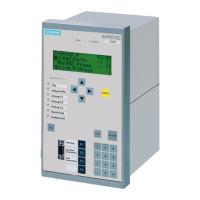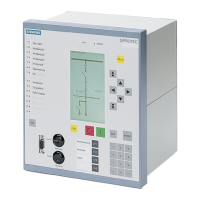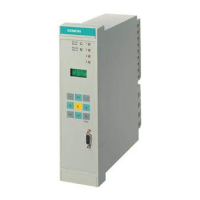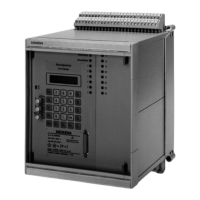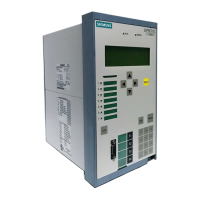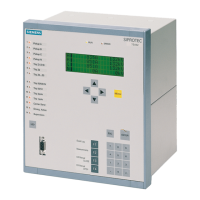2.15 Monitoring Functions
205
7SD610 Manual
C53000-G1176-C145-4
Figure 2-84 Logic diagram of the fuse failure monitor with zero and negative sequence system
Three-Phase Mea-
suring Voltage
Failure "Fuse
Failure Monitor"
A three-phase failure of the secondary measured voltages can be distinguished from
an actual system fault by the fact that the currents have no significant change in the
event of a failure in the secondary measured voltage. For this reason, the current
values are routed to a buffer so that the difference between present and stored current
values can be analysed to recognise the magnitude of the current differential (current
differential criterion). A three-pole measuring voltage failure is detected when
• All three phase-to-earth voltages are smaller than the threshold FFM U<max
(3ph),
• the current differential in all three phases is smaller than a threshold value FFM
Idelta (3p) and
If no stored current values are present (yet), the current magnitude criterion is resorted
to. Figure 2-85 shows the logic diagram of the 3-phase measured voltage failure mon-
itoring. A three-pole measuring voltage failure is detected when
• All three phase-to-earth voltages are smaller than the threshold FFM U<max
(3ph),
• All three phase current amplitudes are greater than a fixed set noise threshold (40
mA).
If such a voltage failure is recognized, the protection functions that operate on the
basis of undervoltage are blocked until the voltage failure is removed; afterwards the
blocking is automatically removed. The O/C emergency operation is possible during
www . ElectricalPartManuals . com
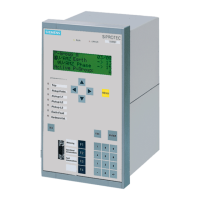
